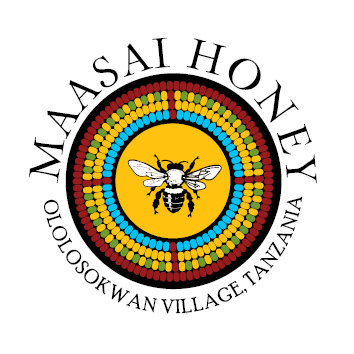Beekeeping 101: Hanging Hives
Maasai Honey team members hang a hive in a forest tree.
Did you know that it is standard practice for most beekeepers in USA and Europe to buy bees for their hives? Bees are bred specifically for honey production and sent to beekeepers in boxes. While this method is widely accepted, there are also a number of good reasons to work bees native to the region:
It supports environmental conservation, providing homes for at risk wildlife (bees).
Native bees have adapted to the local environment and are less susceptible to illness and disease.
It promotes biological diversity - supporting a variety of honeybee species and sub-species.
When working with local bees, one of the first steps is hanging the hives. After baiting the frames with beeswax (a scent attractive to the bees), the hives are hung in a natural forest environment. Ideally, the hive is hung on a sturdy tree branch, under a canopy that shields and protects the hive.
It is only the bottom box that gets hung; the upper part of the hive (super box) will be added on later, once the hive has been colonized and relocated. It could take just a few days or maybe a few weeks for the hive to be colonized. This depends on the season, weather conditions, and the availability of local flora.
Once the hive has become a home, the team will carefully lower it from the tree and carry it into the bee cage. The move must be done carefully so as not to disturb the bees inside! At Maasai Honey, colonized hives are moved into bee cages for maximum protection from wild animals and natural elements. Have a look at the process in this short video:

